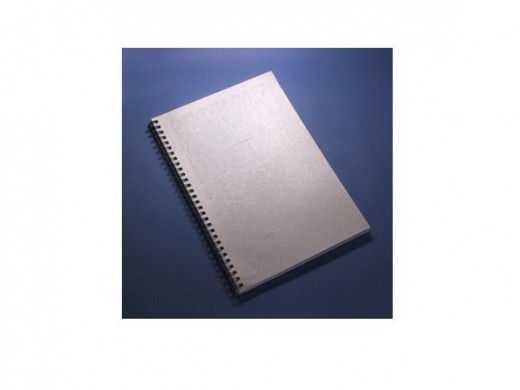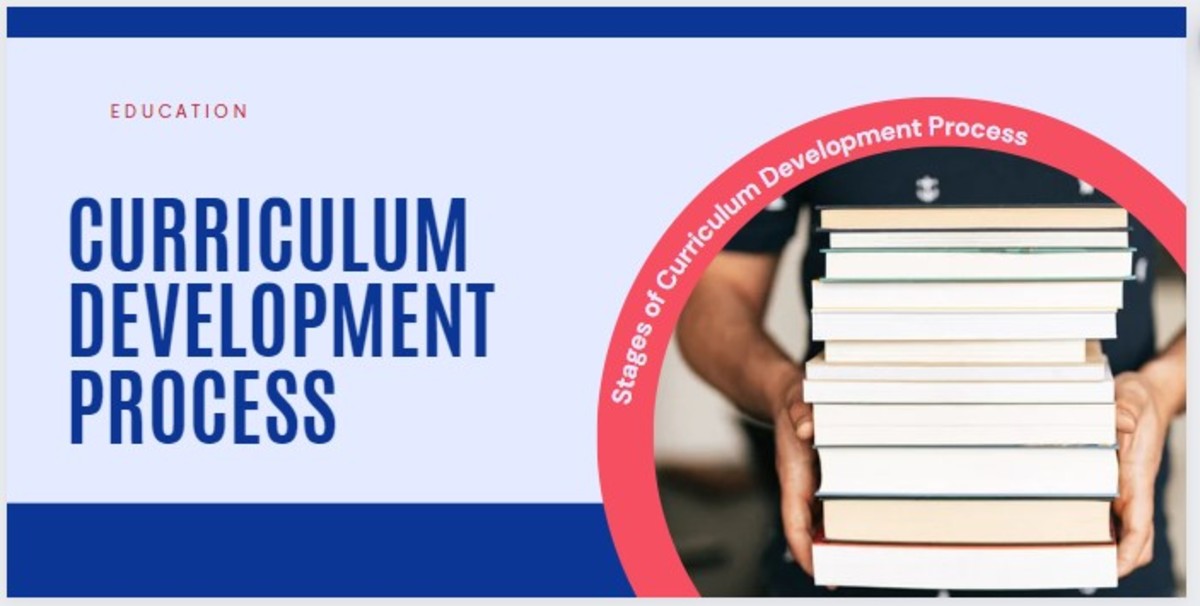How to Take Effective Notes in Class

Whether you are in high-school or in college effective note taking is a skill that imperative to do well on homework assignments, pop quizzes, midterms and tests. While your text book often contains the bulk of the knowledge your teacher is instilling in you, there are always those little bits of information that are exclusive to the class room that unless you write down, you will lose. Writing or taking good notes does not always have to be a headache, with a few easy tips; you can have top notch notes. Another good reason to learn to take effective notes is in college you can occasionally get extra credit in class for being the teacher note taker, all the more reason to ramp up your note taking skills.
- Step 1
Never write down everything that you read or hear, instead try to make yourself aware and attentive to the main points. Concentrate on the "meat" of the subject and forget the trimmings so to speak
- Step 2
Notes should mainly consist of key words, or very short sentences. This is especially important for those students who have a fast speaker. Most fast speaker tend to side-tracked so that you can go back and add further information.
- Step 3
Take accurate notes don’t guess on what you heard, if you didn’t hear something raise your hand and ask for them to repeat it. You should usually try to use your own words this increases your overall understanding of the material, but try not to change the meaning. If you quote directly from the author, quote correctly.
- Step 4
Think a minute about your material before you start making notes. Don’t take notes just to be taking notes to do this is to be self defeatist, unplanned notes are often hard to understand a few hours after you have written them. Take notes that will be of real value to you when you look over them later.
- Step 5
Have a uniform system of punctuation and abbreviation that will make sense to you. Use a skeleton outline, and show importance by indenting. Leave lots of white space for later additions/revisions.
- Step 6
Omit descriptions and full explanations where ever you can. If you feel it is necessary to write a longer than normal tid-bit, do it after wards. Keep your notes short and to the point. Condense your material so you can grasp it rapidly.
- Step 7
Don’t worry about missing a point. Leave space and try to pick up the material you miss at a later date, either through reading, questioning, or common sense.
- Step 8
Don’t keep notes on oddly shaped pieces of paper. Keep notes in order and in one place. Always date your notes, this way if you are preparing for a test for chapter 23 you can refer to your syllabus and find out when you guys were on that chapter and find it faster. Always indicate the chapter you are studying along with that chapters title.
- Step 9
Shortly after making your notes, go back and rework (not recopy!) your notes by adding extra points, spelling out unclear items, etc.. Remember, we forget quickly. Budget time for this vital step just as you do for the class itself





